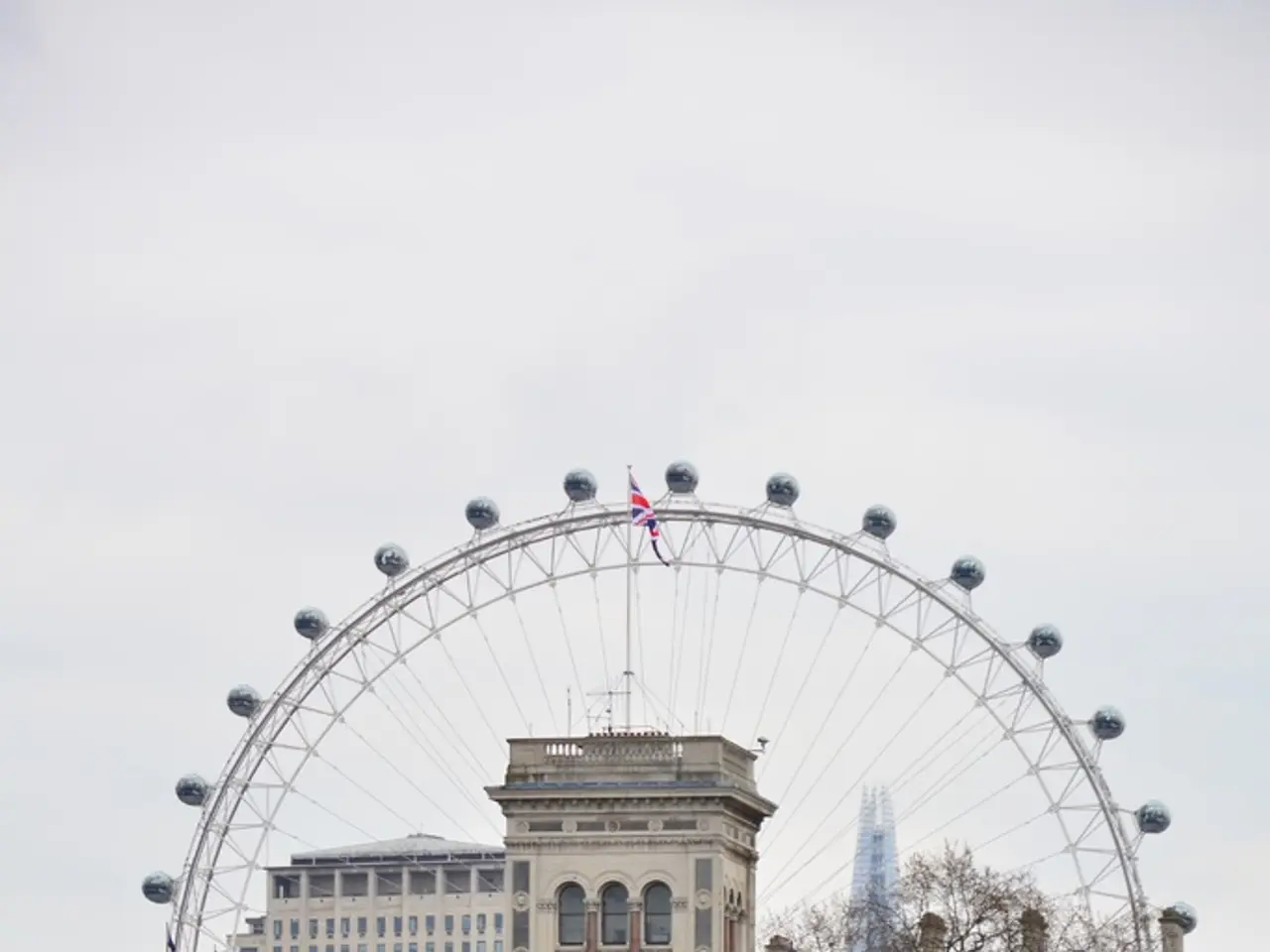Minimalistic Lifestyle Guidelines
Simple living, a philosophy that aligns with the values of minimalism and sustainability, offers a practical approach to creating a peaceful, clutter-free environment, even in a colorful nursery. This lifestyle choice can bring numerous benefits, from improved mental health to financial stability and reduced environmental impact.
The Principles of Simple Living
At its core, simple living encourages individuals to reduce consumption, declutter, live within their means, focus on experiences over material possessions, and prioritize relationships and personal well-being.
Practical Steps to Implement Simple Living
To apply these principles in daily life, consider the following steps:
- Buy less but better: Invest in high-quality items that last longer, focusing on durability and sustainability.
- Reuse, repurpose, and repair: Extend the life of possessions by mending or creatively reusing them instead of discarding.
- Reduce waste: Avoid unnecessary packaging and impulse purchases. Opt for reusable bags, buy in bulk, and unsubscribe from promotional emails encouraging excess consumption.
- Shop intentionally: Choose ethically made, sustainable, or secondhand products, supporting local makers and thrift stores to reduce your environmental footprint.
- Practice mindfulness: Techniques such as the 5-4-3-2-1 sensory exercise can help ground you in the present moment, reducing stress and fostering conscious living.
- Create “smartphone-free” zones and times: Dedicate areas free from digital distractions to enhance real-world connection and calm.
- Focus on one thing at a time: Avoid multitasking to increase presence and clarity.
- Declutter regularly: Fewer possessions create both physical and mental space, promoting serenity and focus.
- Prioritize what matters: Eliminate non-essential activities and noise to create more meaning and intentionality in daily routines.
- Make space for rest and reflection: Allow yourself time for quiet moments, boredom, and slowing down to boost creativity and presence.
- Find joy in simple moments: Cultivate appreciation for everyday beauty and be present, such as enjoying a walk, lighting a candle, or savoring a cup of tea.
Together, these steps embody sustainable minimalism, mindfulness, and intentionality, core to simple living philosophies aimed at fostering peace, reduced stress, meaningful consumption, and environmental responsibility.
Simple Living and Sustainability
Simple living contributes to sustainability by reducing consumption, minimizing waste, and prioritizing environmentally-friendly practices, such as using renewable resources and reducing carbon footprint.
Overcoming Challenges
Embracing a simple living lifestyle may present challenges in a world that is constantly bombarding us with messages of consumerism and excess. Overcoming these challenges involves staying mindful of consumption habits and staying true to one's values.
One challenge is the pressure from society to constantly acquire more material possessions and achieve external markers of success. Overcoming this challenge involves staying true to one's values and priorities, even when they may differ from societal norms.
Another challenge is letting go of sentimental items or things that have emotional value. It is important to remember that our memories and experiences are not tied to physical possessions.
Starting Your Simple Living Journey
To start living a simple life, one can begin by decluttering their living space, reducing their consumption of material goods, prioritizing experiences over possessions, and focusing on relationships and personal well-being.
By embracing simple living, individuals can find contentment and joy in the present moment, declutter their physical spaces, be mindful of consumption habits, and prioritize experiences over material possessions, contributing to a more sustainable and mindful lifestyle.
In adherence to the principles of simple living, one can adopt a minimalist home-and-garden lifestyle that aligns with sustainable living by buying long-lasting, high-quality items, reusing and repurposing possessions, reducing waste, and intentionally shopping for eco-friendly products.
Furthermore, in terms of the broader lifestyle choices, simple living advocates for focusing on relationships, personal well-being, experiences, and reducing environmental impact, offering a practical approach for creating a serene, clutter-free environment, even within a vibrant home setting like a colorful nursery.




